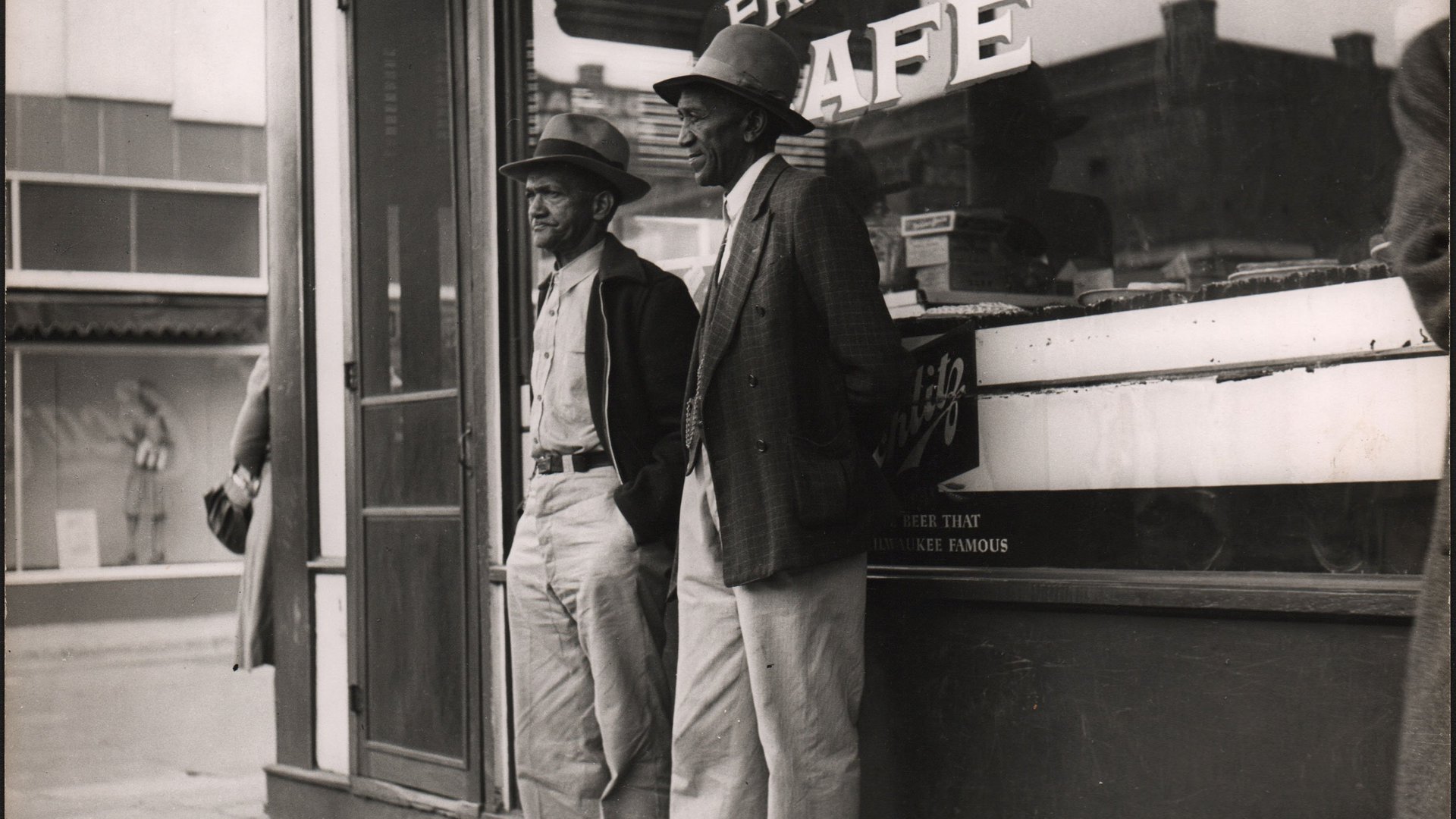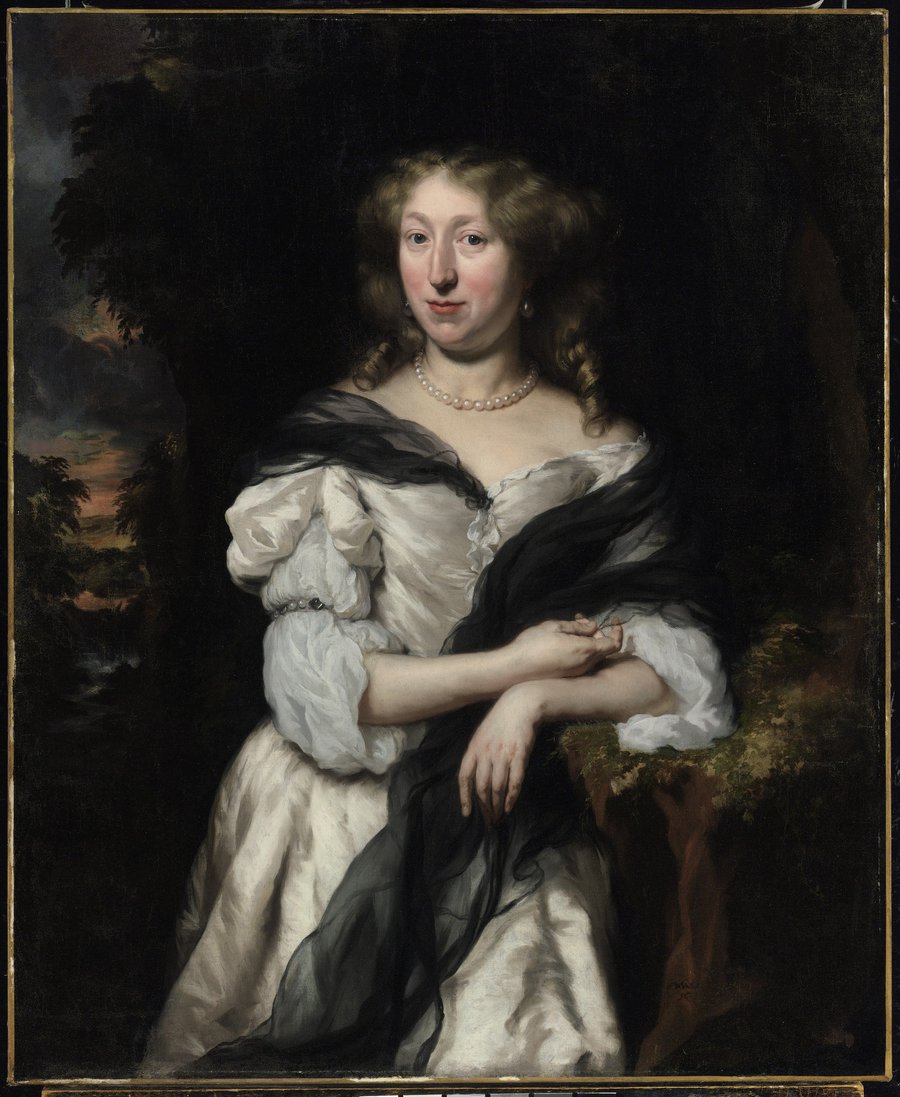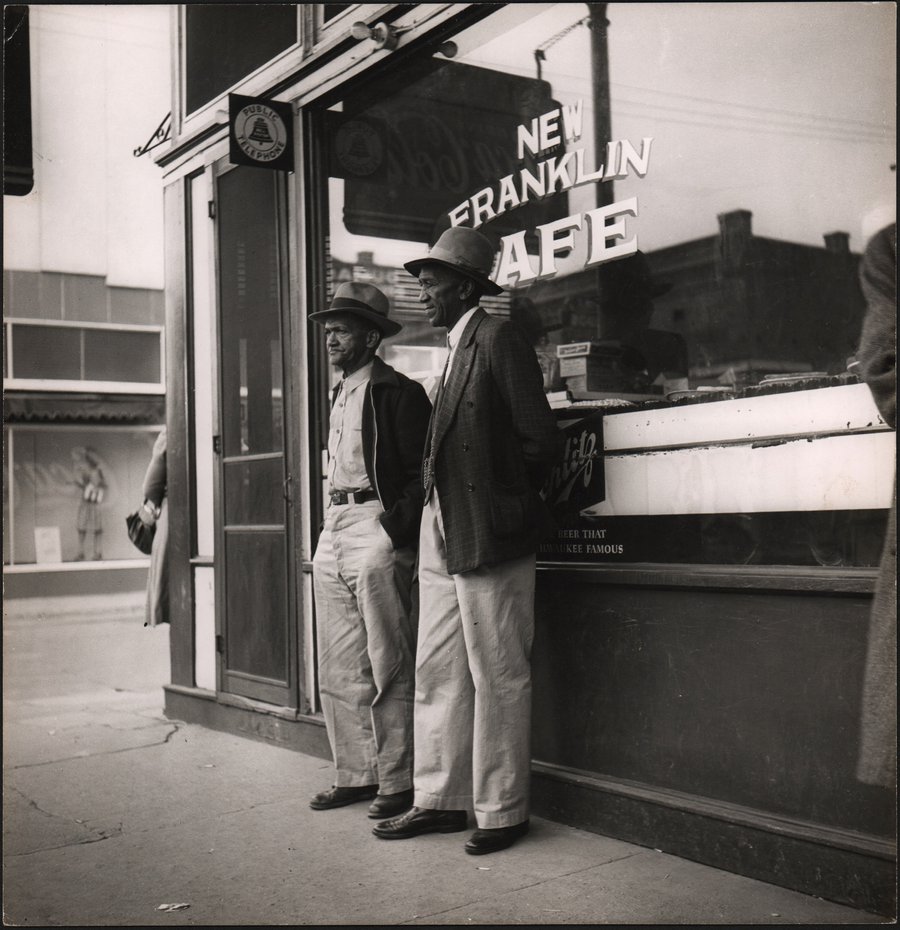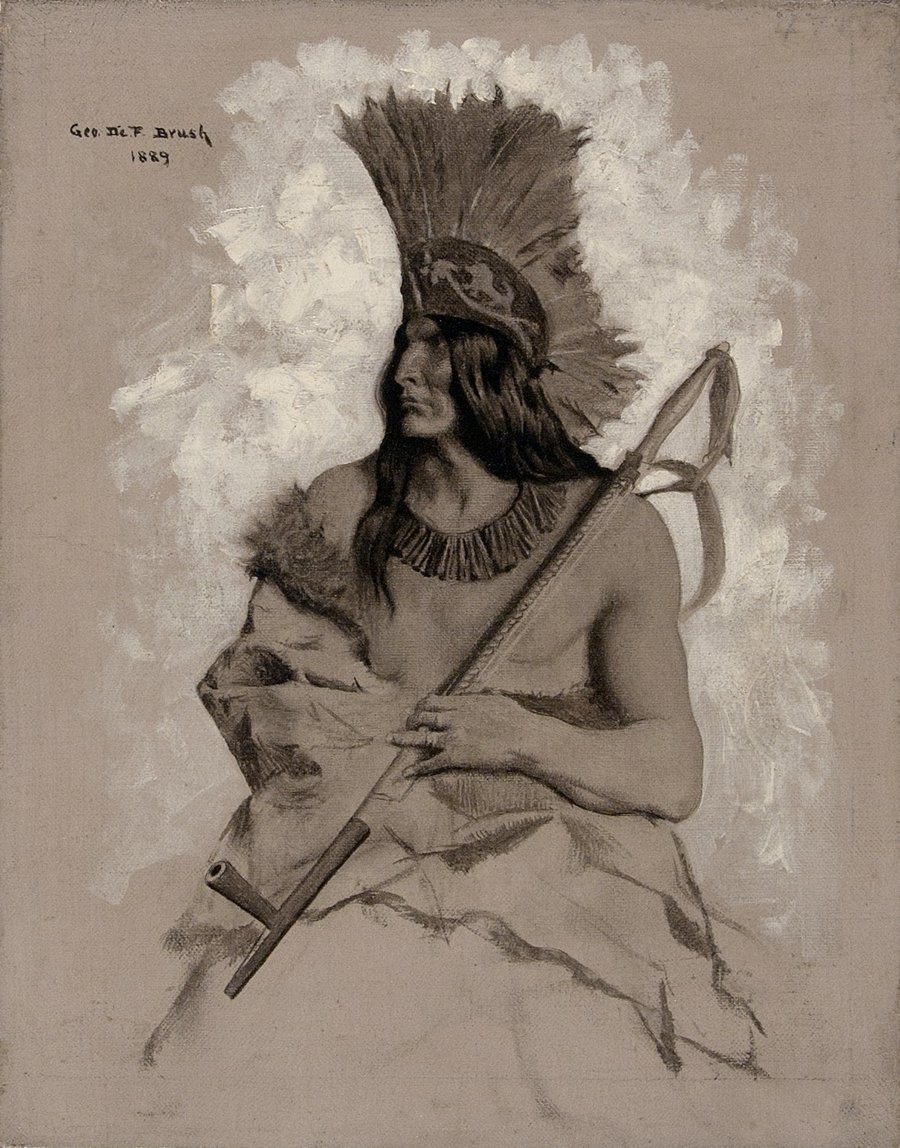
Coming Into Focus
Three powerful exhibitions recently curated by A&S faculty and student.
By Dan Bernardi
Painting flourished during the 17th century in The Netherlands, a time of independence and great economic prosperity. Professor Wayne Franits’ exhibition of masterpieces offered visitors a view of a wide-ranging subject matter and a glimpse into life during the Golden Age of Dutch art.

Franits spent two summers visiting regional museums and private collections in Upstate New York and western Massachusetts to select 25 paintings for this exhibition, which provided visitors with a fascinating and unusual opportunity to look at 17th-century Dutch art firsthand. From the very beginning, Franits intended to involve his students in the curating process.
“Five of our graduate students studied the paintings that were in the exhibition and wrote wall texts for most of them,” Franits says. “While the exhibition was on view, I used it as a teaching tool for both my undergraduate and graduate courses.”

Professor Joan Bryant explored how media photographers represented Black life in the Jim Crow era in her exhibition titled “Black Subjects in Modern Media Photography: Works from the George R. Rinhart Collection.” Visitors considered how people and places were presented as Black subjects to mass audiences in newspapers, magazines, documentary projects, libraries and advertising. Examining photographs in widely circulated newspapers and magazines, Bryant says, offered the opportunity to explore how titles and captions inform people what they are supposed to see, sometimes limiting and altering the focus and content of an image.
As Bryant explains, “I hope the exhibition was an occasion to consider what counts as a modern Black image in the first half of the 20th century—a period marked by state-sponsored white supremacy and a growing push for Black self-determination and equality.”

